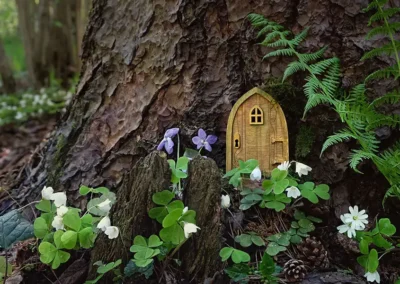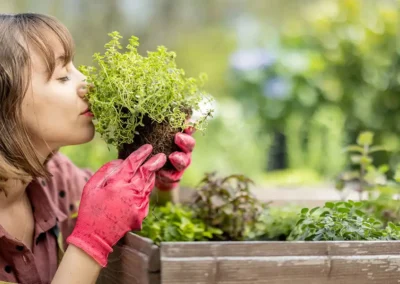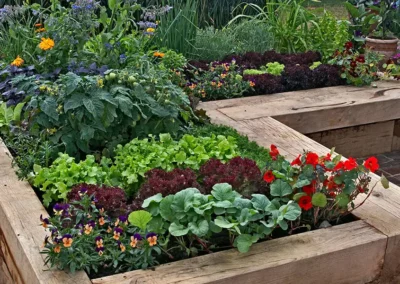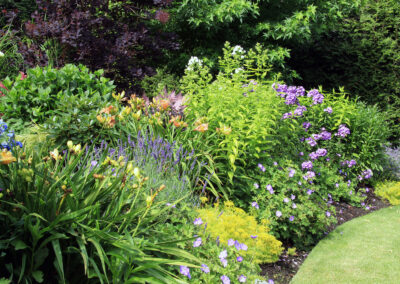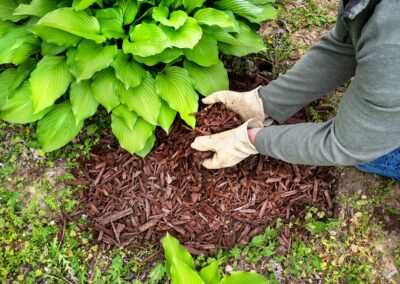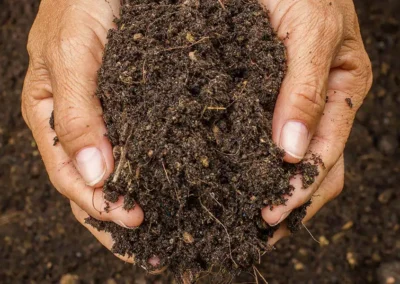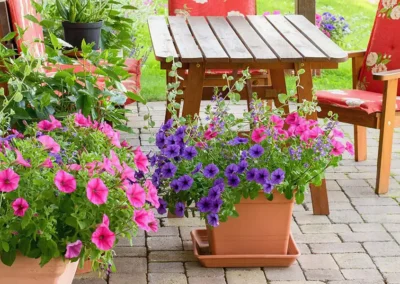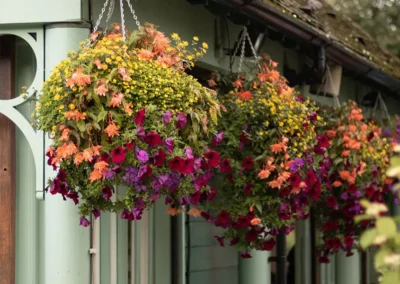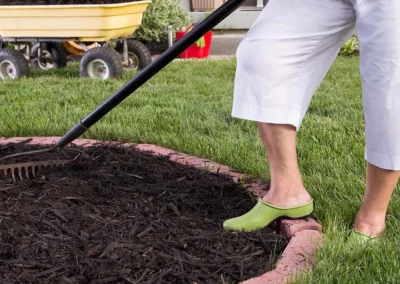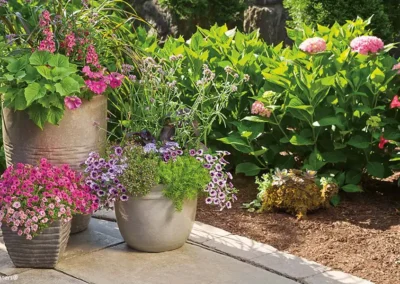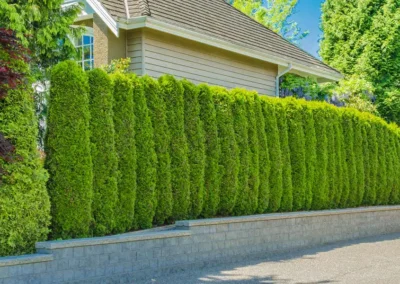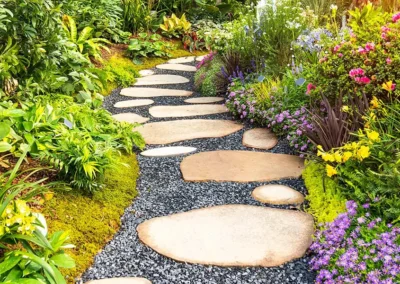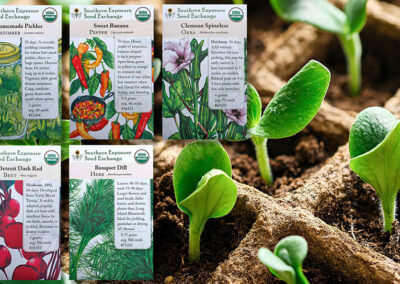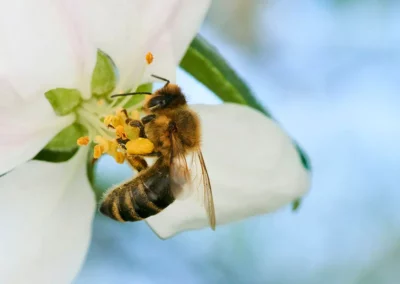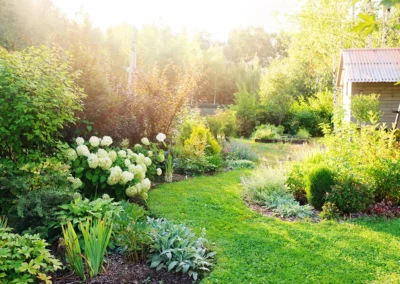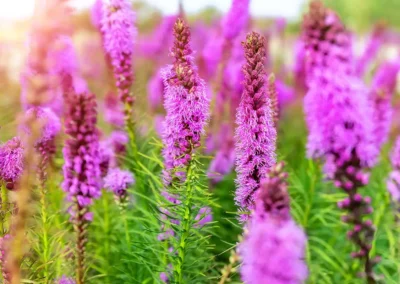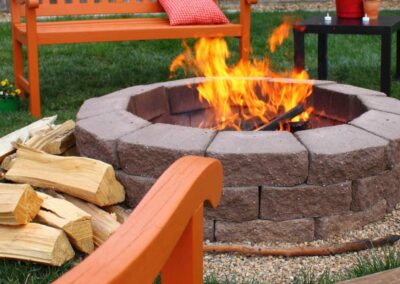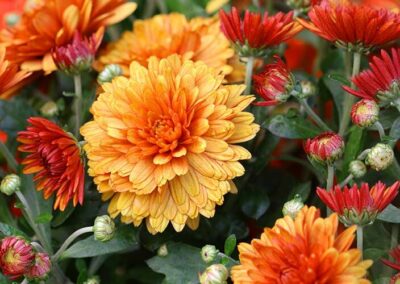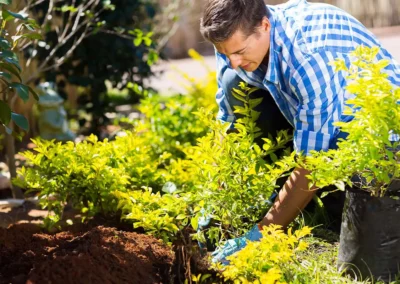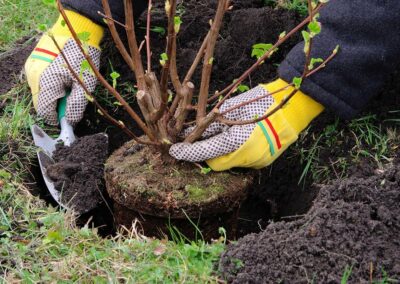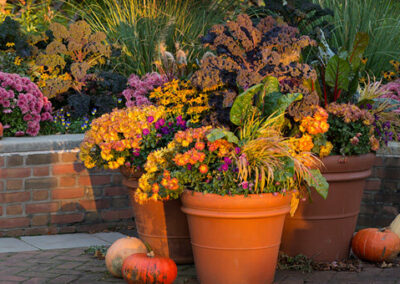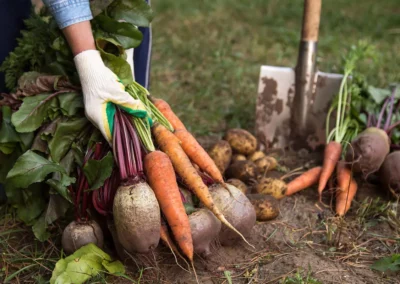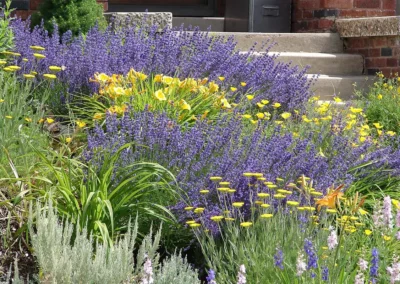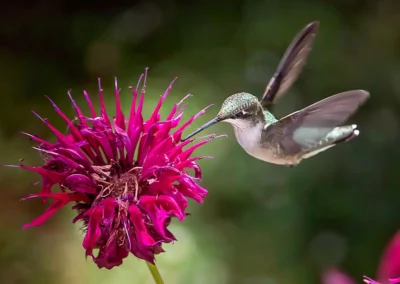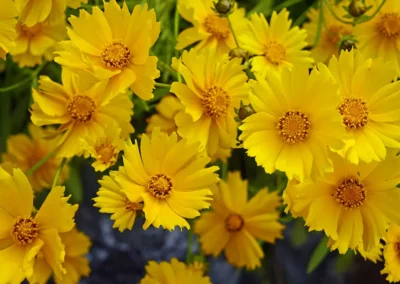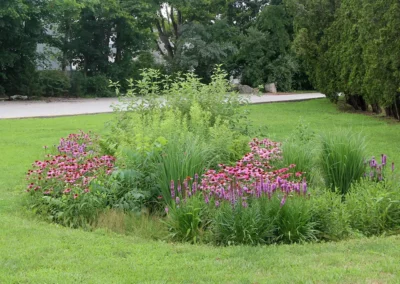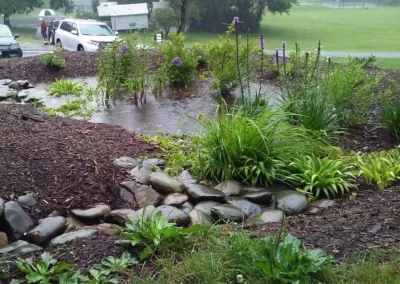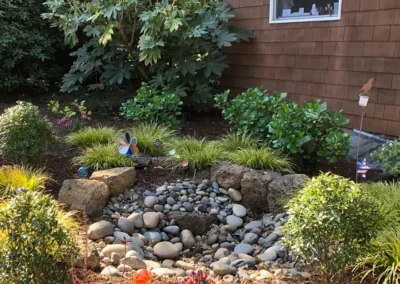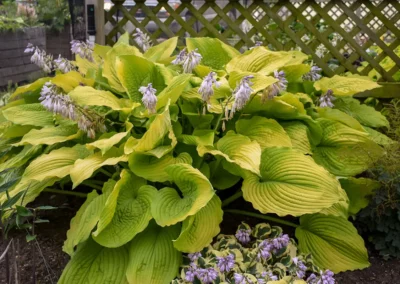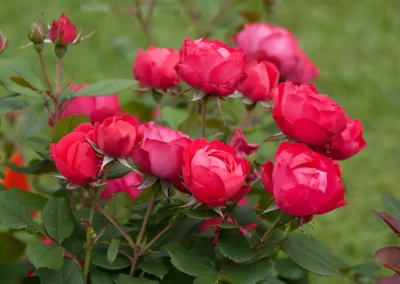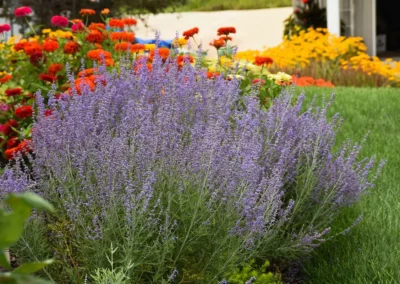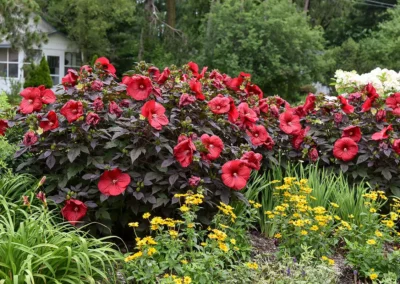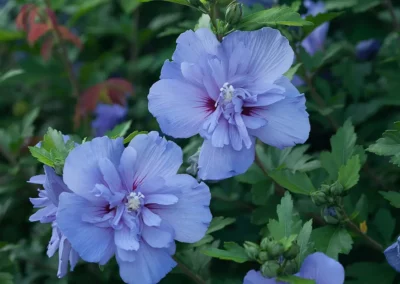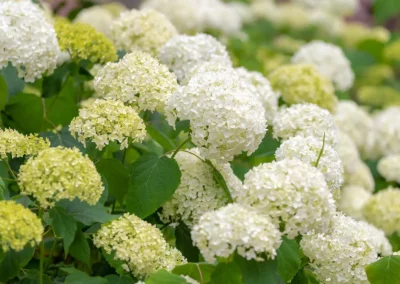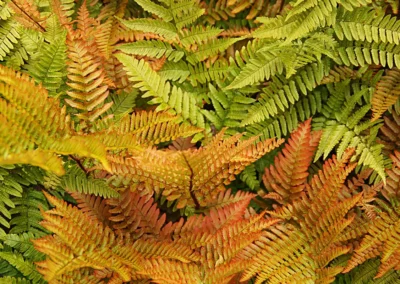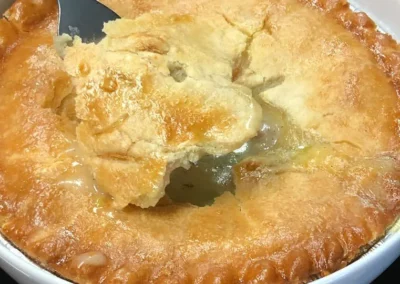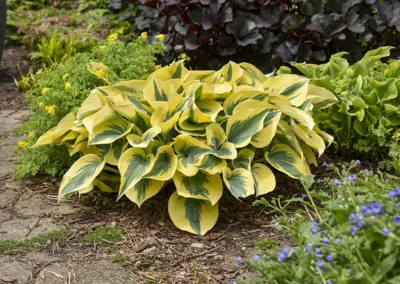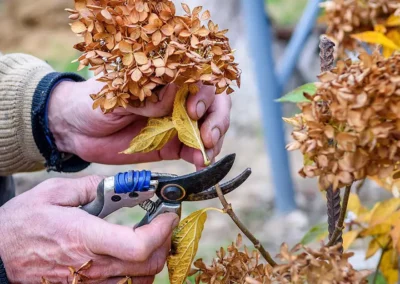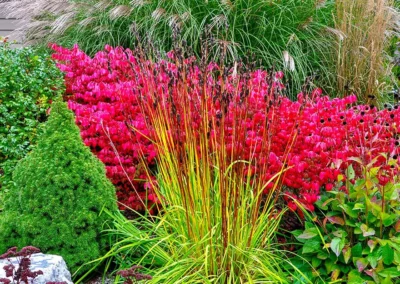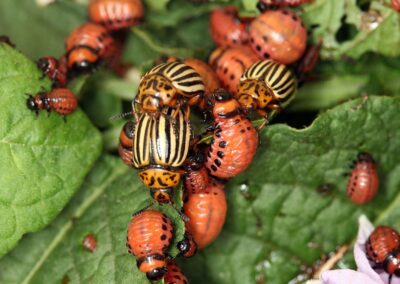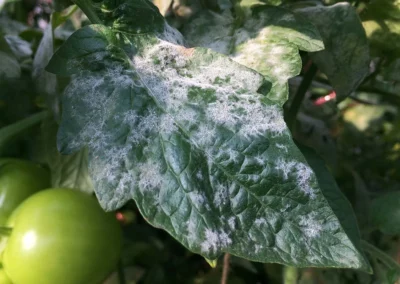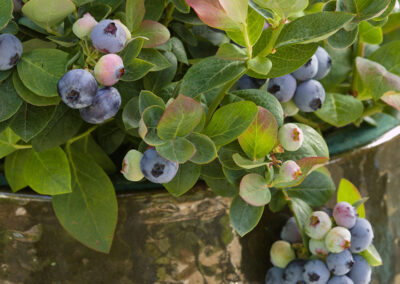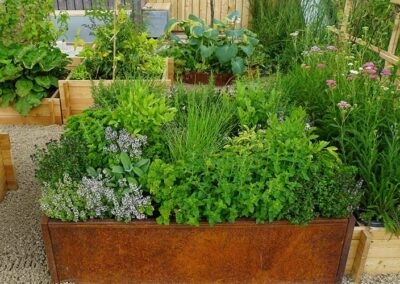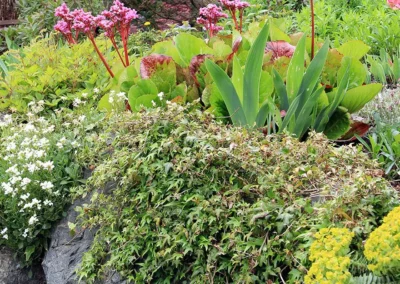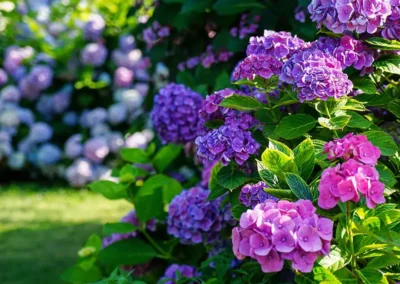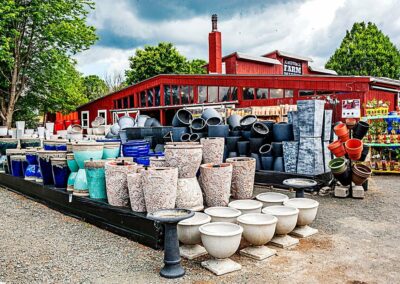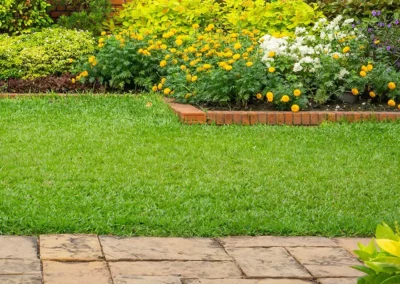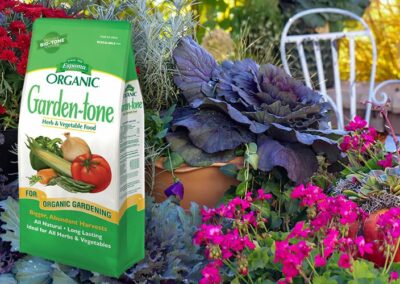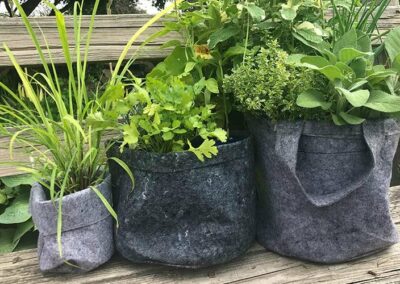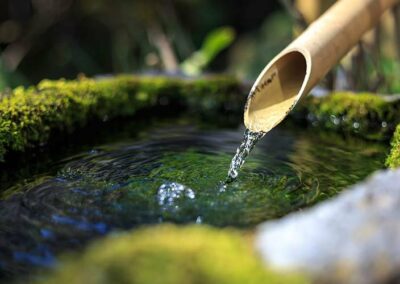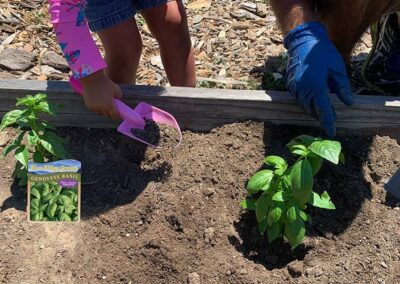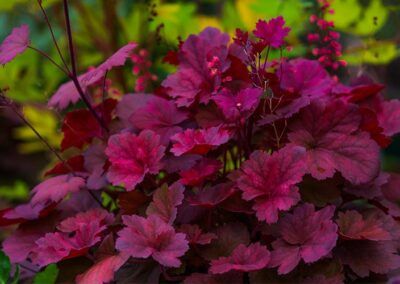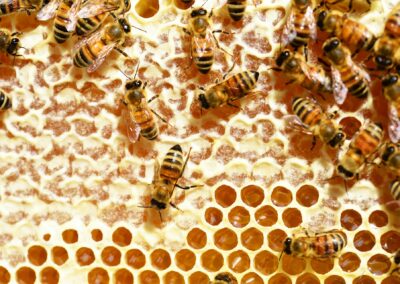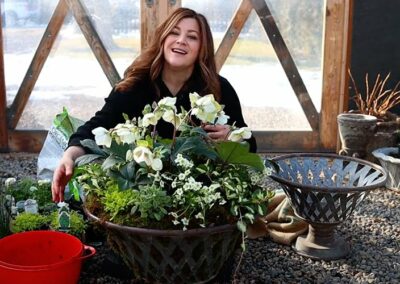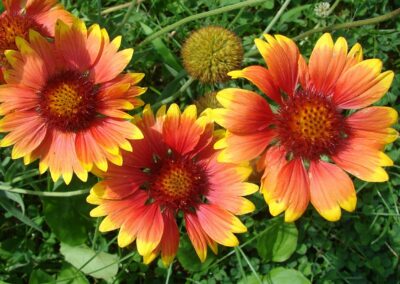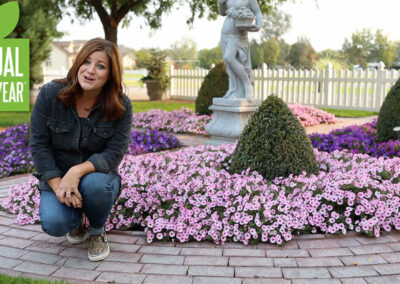How much do we love houseplants? Let us count the ways… It’s a fact that we appreciate them (66% of American households own at least one houseplant) and for soooo many reasons.
Did you know that just 15 minutes of interaction with a houseplant reduces stress levels? It makes perfect sense then that people with more plants in their workspace take fewer sick days. Perhaps it’s also due to the fact that houseplants remove up to 87% of airborne toxins in just 24 hours.
Most plants share basic needs, so if you’re a new plant parent, want to get started, or just want to be sure you’re giving the plants who already live in your home the care they need, read on…
Tip 1
Choose easy-care plants
Some plants need to be fussed over more than others. If you’re new to taking care of houseplants, or just don’t want to spend much time and effort, then choosing a low-maintenance plant is the way to go. A list of easier plants to take care of include:
- Snake Plant / Sansevieria
-
Norfolk Island Pine
-
Philodendron
-
Spider Plant / Chlorophytum
-
ZZ Plant / Zamioculcas
-
Arrowhead Vine / Syngonium
-
Chinese Evergreen / Aglaonema
-
Corn Plant / Dracaena
-
Dieffenbachia
-
English Ivy
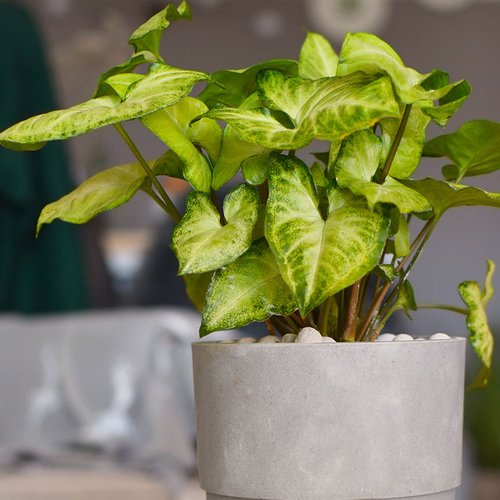
Arrowhead Vine / Syngonium
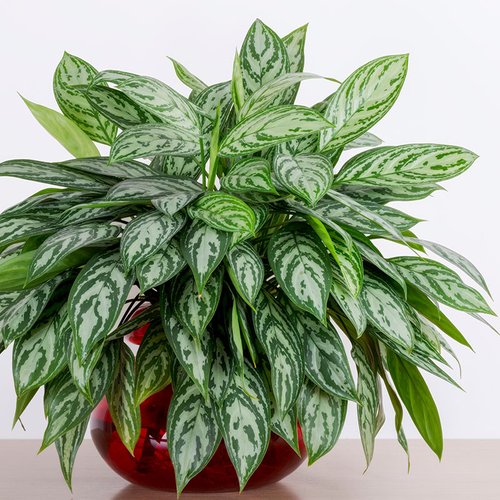
Chinese Evergreen / Aglaonema
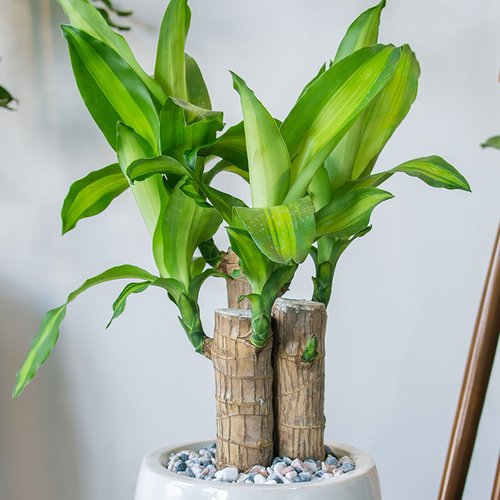
Corn Plant / Dracaena
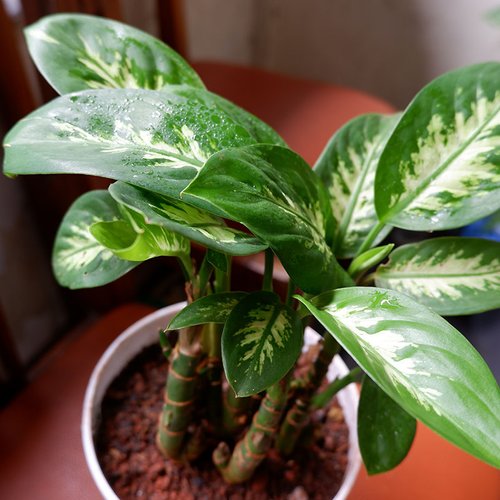
Dieffenbachia
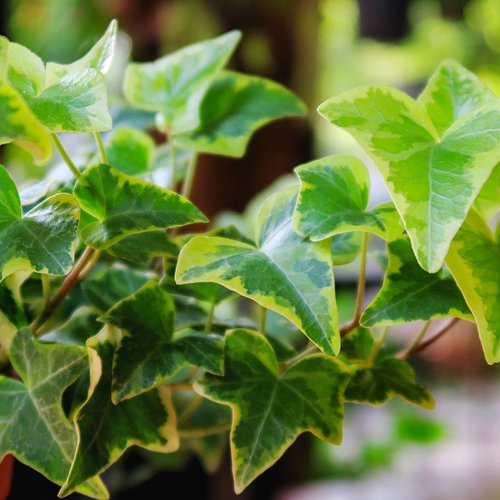
English Ivy
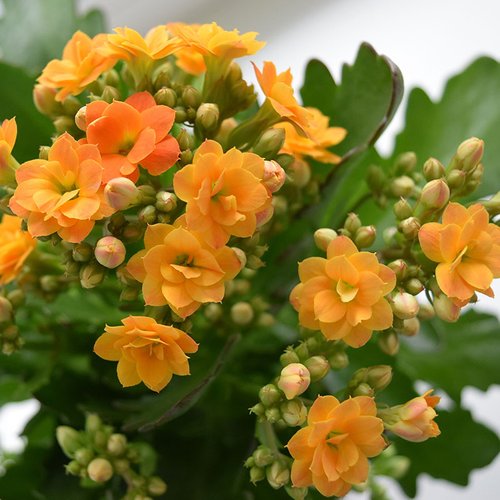
Kalanchoe
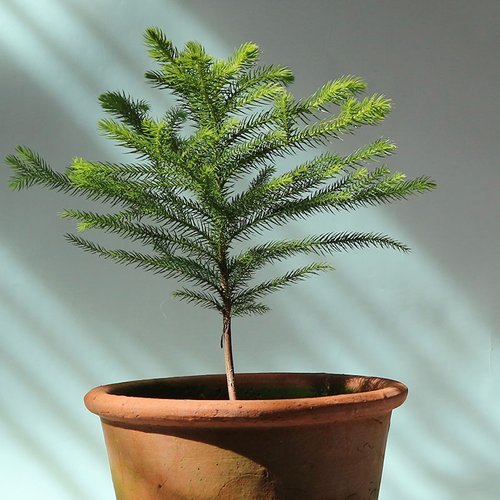
Norfolk Island Pine
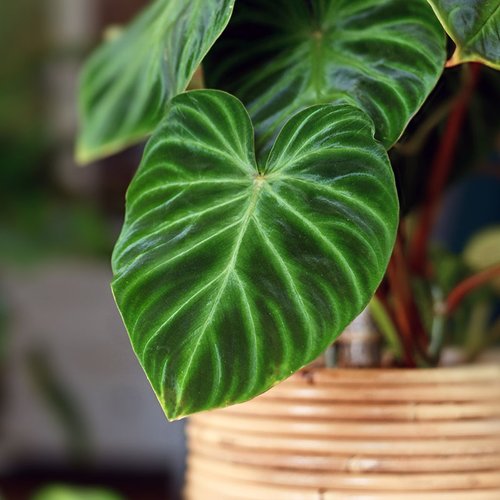
Philodendron
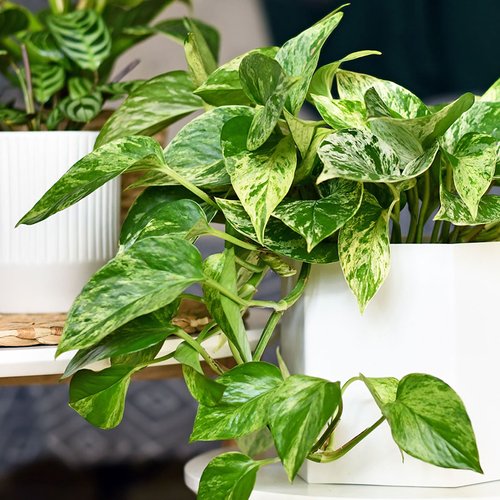
Pothos
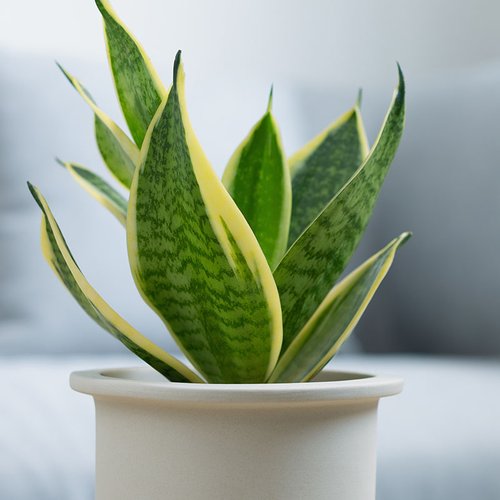
Snake Plant / Sansevieria
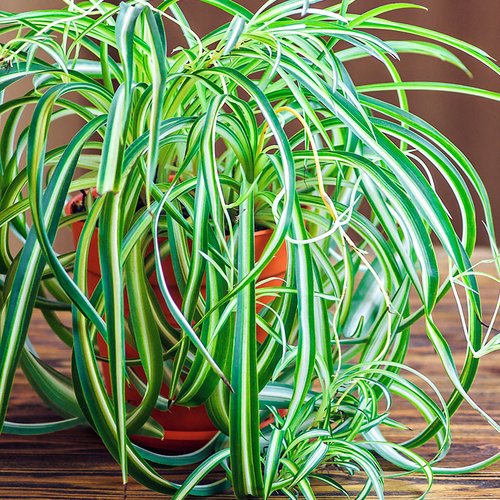
Spider Plant / Chlorophytum
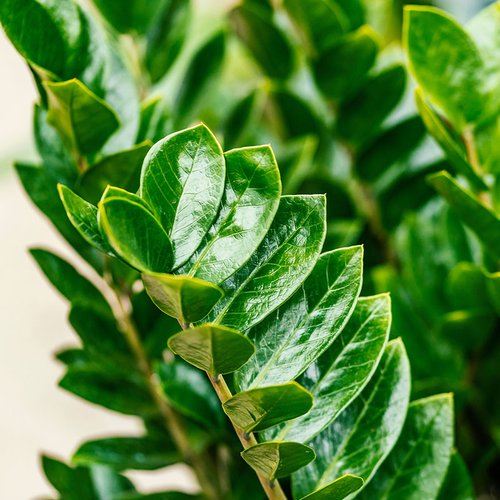
ZZ Plant / Zamioculcas
Tip 2
Water on an as-needed basis
Generally, houseplants should be watered when the top half-inch to inch of soil feels dry.
Cacti and succulents need less water, and flowering plants need a bit more.
BUT BE CAREFUL, overwatering is one of the most common causes of houseplant death, so err on the dry side if you’re not sure how much to water.
Tip 3
Fertilize periodically
Usually, you want to fertilize, or feed, a plant when it’s growing, and most plants have their growth spurts in the spring and summer.
Ironically, too much fertilizer not only can burn your plant’s roots, it can stunt its growth.
If your plant is a flowering variety, the three numbers on the label of your fertilizer should be relatively equal; these numbers indicate how much nitrogen, phosphorus and potassium is in the solution.
If the first number, the nitrogen, is too high, you’ll get more leaves and fewer flowers.
Tip 4
Repot overgrown houseplants
A good way to tell if your plant has outgrown its pot is to check its root system. Remove your plant from its container and see if its roots are circling around the soil.
While a few plants like to be “rootbound,” most don’t and it’s time to give it a roomier place in which to live.
Plant it in a slightly larger pot and always use fresh soil.
This is also a good time to divide plants with multiple stems. You can do that by gently pulling them apart and planting them in different pots.
Spring and summer, the growing seasons, are the best times to repot houseplants.
Tip 5
Give your plants a good dusting
No matter how great a housekeeper you are, dust will collect on your plant’s leaves, so wash them with a gentle shower of room-temperature water, or use a cloth to gently wipe them.
If your plant has hairy leaves—which can hold onto moisture and encourage disease—dust them with a soft brush.
Not only does dusting improve your plant’s appearance, but it’ll actually help it to soak up more light.
Tip 6
Prune and pinch
Pruning houseplants helps them look better and keeps them from getting too large.
Cutting overgrown houseplants back also helps rejuvenate them, and is effective in encouraging new growth for trailing plants such as Swedish ivy and pothos that may have started looking a little “leggy.”
Try to make your cuts just above a set of buds or side shoots on a stem you want to cut back.
Pinching is generally the same thing, only you’re removing stem tips with your fingers or pruners to encourage the growth of side buds. Pinching frequently can keep your plants more compact and fuller.
Tip 7
Remove faded flowers and yellow leaves
Just like pruning and pinching can rejuvenate your plant, removing spent flowers encourages more blooms.
And while you’re at it, cut out any yellow, brown, withered, diseased or dying leaves; no need for your plant to spend energy on those.
Tip 8
Get rid of pesky pests
Nobody wants bugs, including your beloved houseplants. So keep your eyes open for any sign of critters. If you find any, sometimes all it takes to get rid of them is a forceful spray of water; doing this in the sink or shower is smart. Insecticidal soap and neem oil (we have these and other solutions here at the Garden Market, just in case you need them) are two easy and effective treatments. You may need to treat your plants once a week for a month or so to be rid of pests.
Surround yourself with beautiful indoor plants. Hopefully, these tips have given you the knowledge and confidence you need to properly care for them. And if you need anything more, your Garden Market is standing by. Happy houseplanting!

